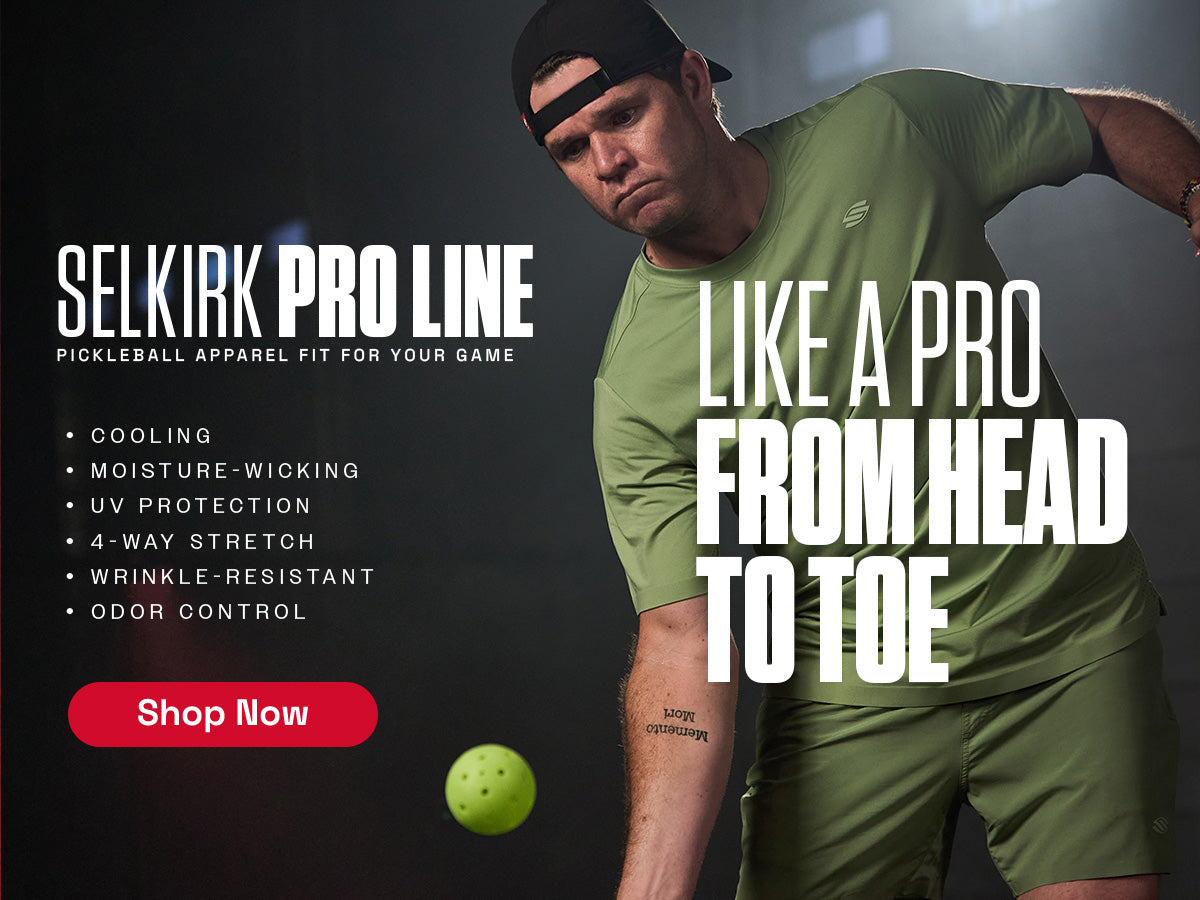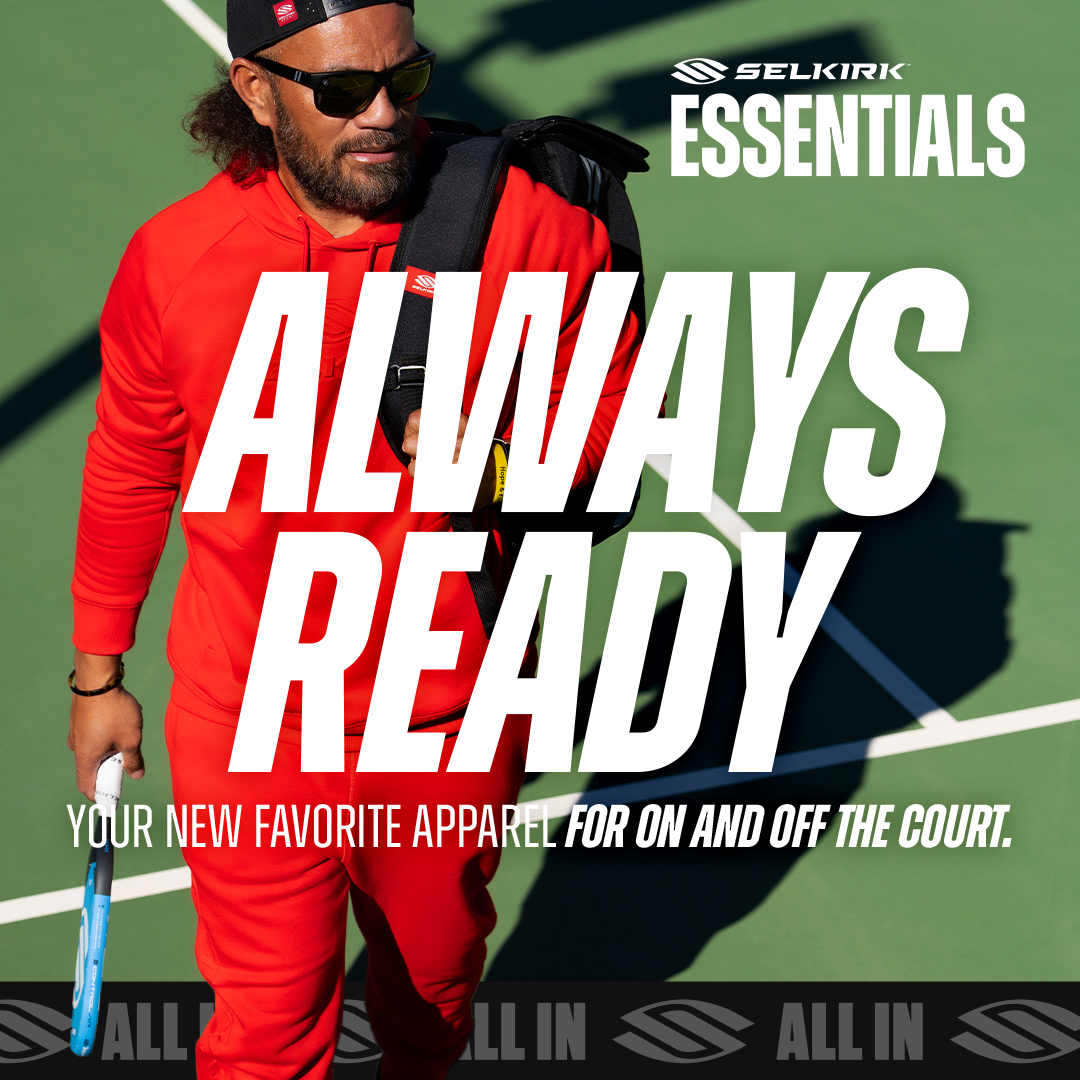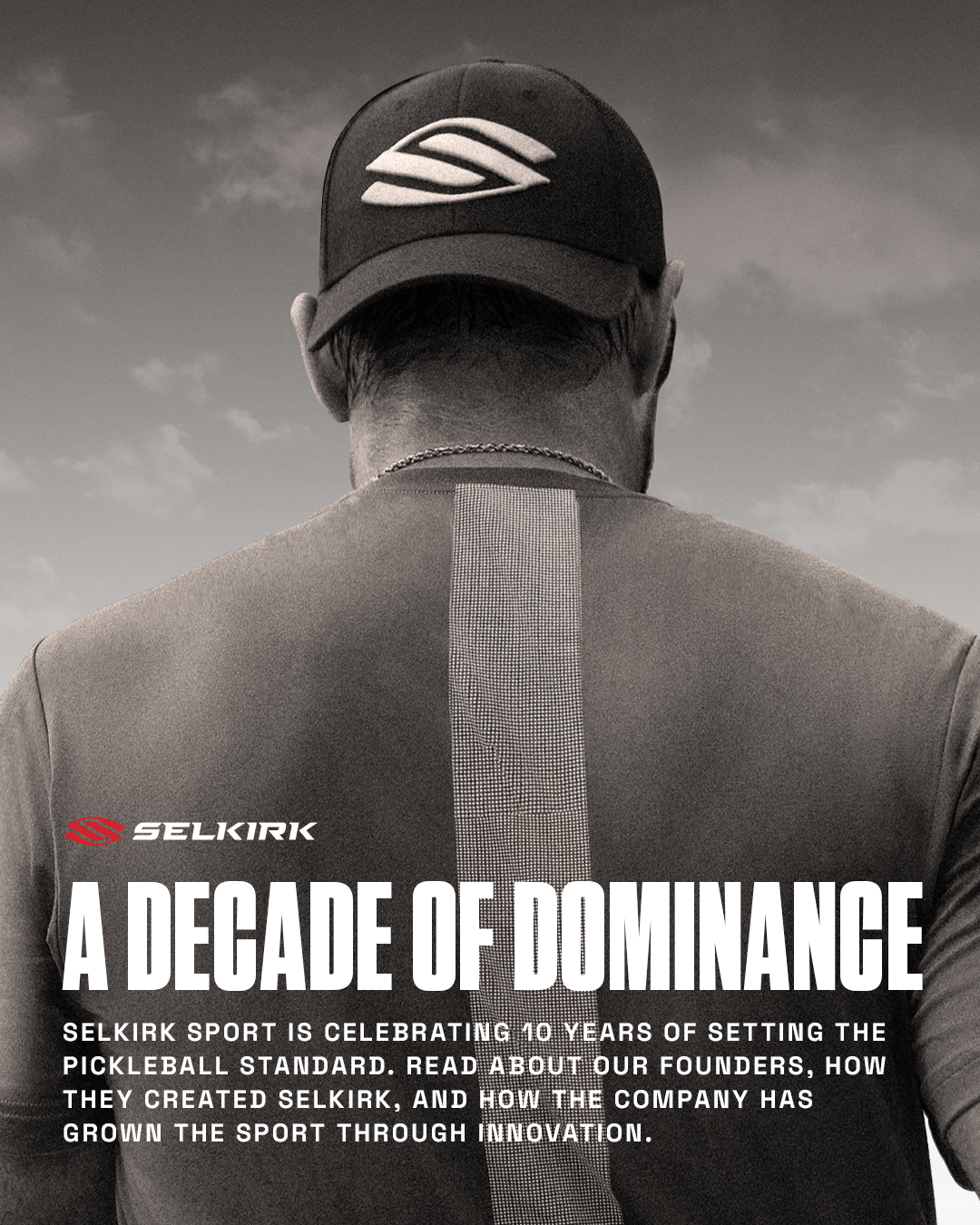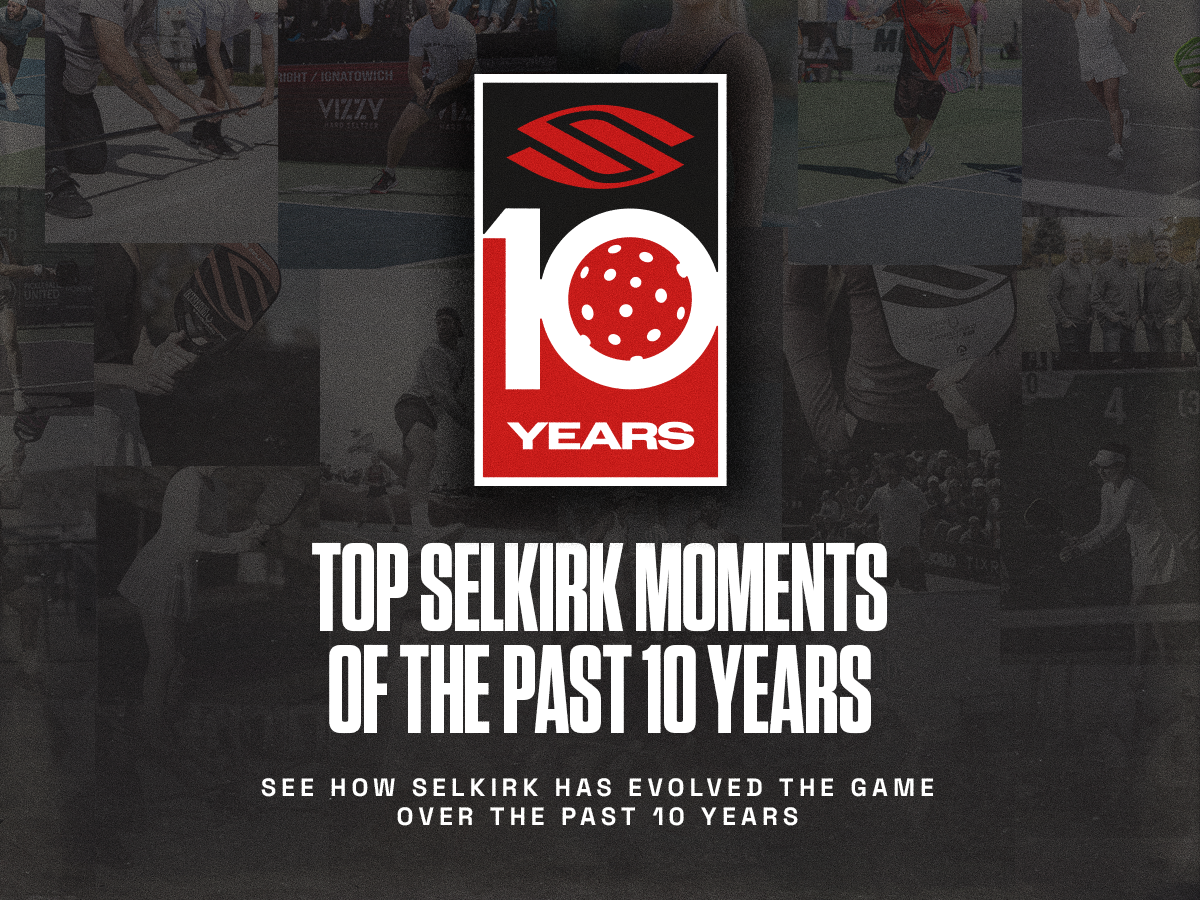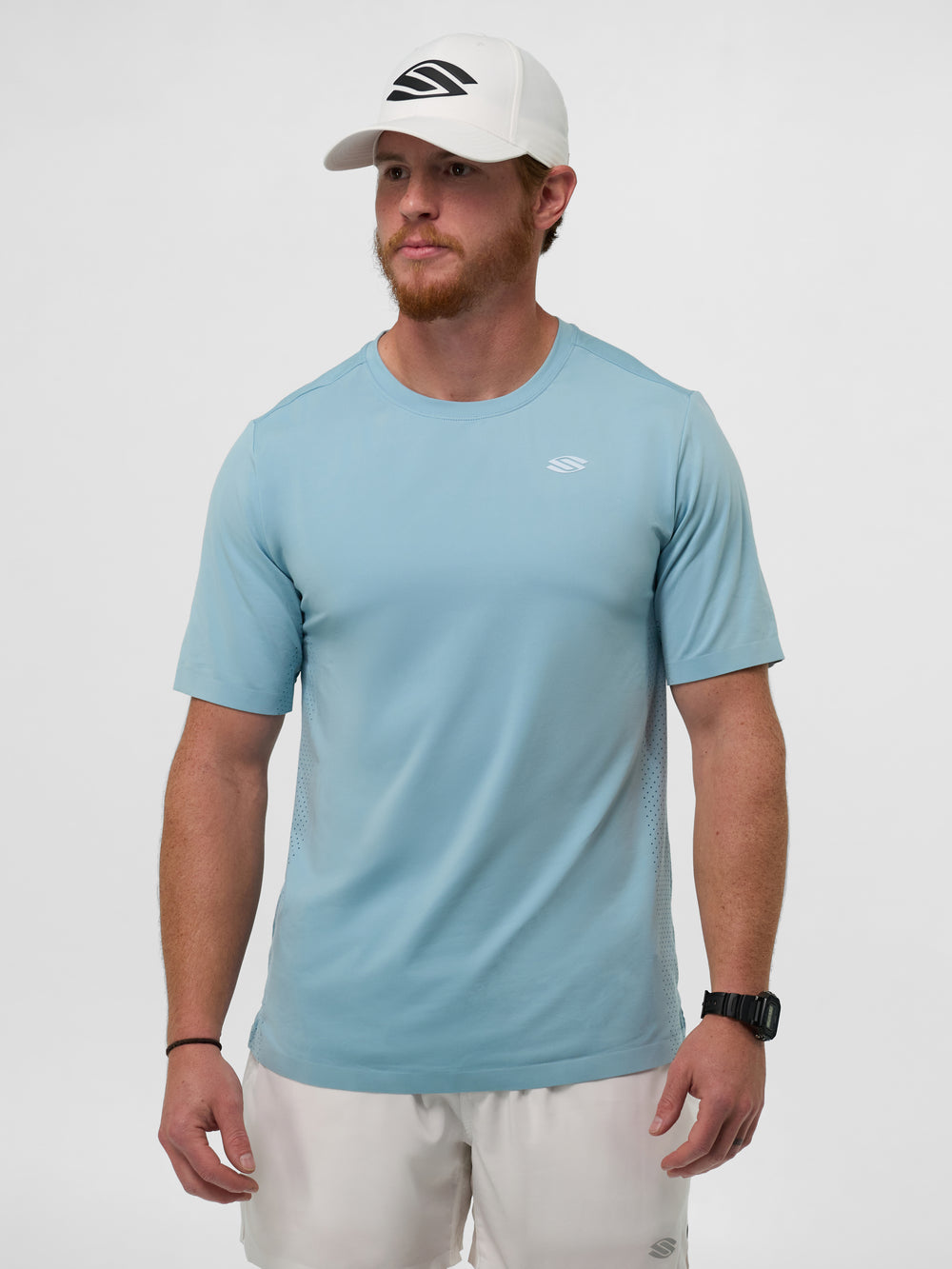
One of Selkirk’s top pickleball pros Catherine Parenteau is breaking down the elements of a successful singles game in a new 7-part series on Selkirk TV.
Throughout the series, Catherine will share the recipe for singles success and how to train the different components of your game, including refining your backhand, mastering powerful groundstrokes, and using tailored drills.
In the premiere episode, Catherine shares tips for how to use your backhand to your advantage.
When to use your two-handed backhand
There are several reasons to use the two-handed backhand shot: it generates more power, it gives more stability at the point of contact, and it absorbs more power from your opponent.
Catherine breaks down the various scenarios in which you should consider using the two-handed backhand to improve your game and when it’s time to let your dominant hand do the work solo.
At the kitchen line
If you’re in a quick hands battle at the kitchen line, and you receive a ball to your less dominant shoulder, you’ll likely want to use your two-handed backhand shot. Because the shot generates more power, you have a higher chance of ending the point with your two-handed backhand than with a single-handed counter.
Another benefit of the two-handed backhand at the kitchen line is that you’re able to create more aggressive dinks. Typically, players choose a slice or even flat dink when using the backhand.
However, using a two-handed backhand allows you to add topspin, which makes the ball jump after it lands in front of your opponent. This creates more popup opportunities for you to end the rally on the following shot.
It’s also easier to speed up the ball off a dink using the two-handed backhand. It can be difficult to generate enough power to speed up effectively with one hand, so many players who use a one-handed backhand dink will add a second when speeding up. However, this telegraphs your speed up to your opponent. By using a two-handed backhand dink, you can generate more spin on your dinks and disguise your next move.
In the transition zone
When in the transition zone, you are most likely on the defensive. While here, the ball often comes fast and low, so you should be in a lowered ready position.
Most players who use a two-handed backhand have a ready position in which their non-dominant hand rests on the paddle. So, when under attack in the transition zone, it’s typically easier to keep your second hand on the paddle and defend with both hands.
An added benefit of keeping both hands on the paddle is that it creates a more stable base so you can more easily absorb the power from your opponents’ shots, enabling you to reset the ball.
At the baseline
The last place to consider a two-handed backhand is the most obvious: the baseline. When you’re driving the ball, it’s easier to drive with two hands instead of one. Adding a second hand gives your shot more stability and more power.
What to consider when using a two-handed backhand
In most cases, the two-handed backhand will be the best shot choice. However, there are a few instances when using two hands can actually do more harm than good.
A volley to the body
If you’re in a volley battle at the kitchen and a ball is coming straight at your body, it can be hard to hit with two hands. If you have time, you should slide to one side or the other, enabling you to hit the ball with your forehand or your two-handed backhand.
However, if there is no time to move out of the way, simply remove your non-dominant hand from the paddle. Leaving both hands on makes it hard to counter because you’ll likely get jammed up. It’s best to counter or reset with a one-handed backhand and attack the ball on a later shot.
When reaching at the kitchen line
While dinking at the kitchen line, you often need to take the ball out of the air. Sometimes, when you are reaching to take the ball out of the air with two hands, you may be stretched to your limit. In this instance, you don’t have much opportunity to follow through with your shot, which can cause mishits.
So, it’s better to release your non-dominant hand from the paddle, allowing your dominant hand to have more room to follow through the shot.
Be sure to follow along with each new installment of the series so you can dominate the singles game. Download the Selkirk TV app HERE to watch the complete episode and many other Selkirk TV original shows, podcasts, lesson series from the pros, and much more.











